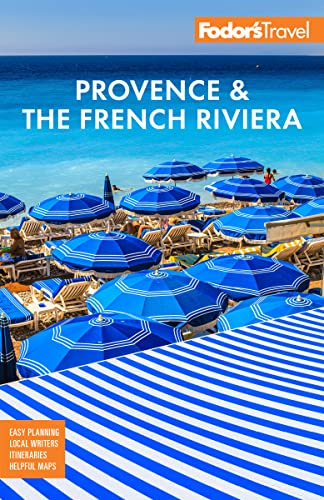Named Antipolis—meaning across from (anti) the city (polis)—by the Greeks, who founded it in the 4th century BC, Antibes flourished under the Romans' aristocratic rule, with an amphitheater, aqueducts, and baths. The early Christians established their bishopric here, the site of the region's cathedral until the 13th century. It was in the Middle Ages that the kings of France began fortifying this key port town, an effort that culminated in the recognizable star-shape ramparts designed by Vauban. The young general Napoléon once headed this stronghold, living with his family in a humble house in the Old Town; his mother washed their clothes in a stream. There's still a lavoir (public laundry fountain) in the Old Town where locals, not unlike Signora Bonaparte, rinse their clothes and hang them like garlands over the narrow streets.
With its broad stone ramparts scalloping in and out over the waves and backed by blunt medieval towers, it's easy to understand why Antibes (pronounced "Awn-teeb") inspired Picasso to paint on a panoramic scale. Stroll Promenade Amiral-de-Grasse along the crest of Vauban's sea walls, and watch the sleek yachts purring out to sea. Even more intoxicating, just off the waterfront, is the souklike maze of old streets, its market filled with fresh fish and goat cheese, wild herbs, and exotic spices. This is Vieil Antibes, with a nearly Italianate feel, perhaps no great surprise considering that Antibes' great fort marked the border between Italy and France right up to the 19th century.
Monet fell in love with the town, and his most famous paintings show the fortified Vieil Antibes against the sea. He arrived in January 1888 and expected to stay only a few days; three months later, he had shipped off 39 canvases to be exhibited in Paris at the gallery of Vincent van Gogh's brother. To see Antibes as Monet—and Picasso, Cross, Boudin, and Harpignies—once did, head to the tourist office for a pamphlet in English on the Painters' Trail, complete with map or sign up for a guided walk along the trail (see Tours, below).






